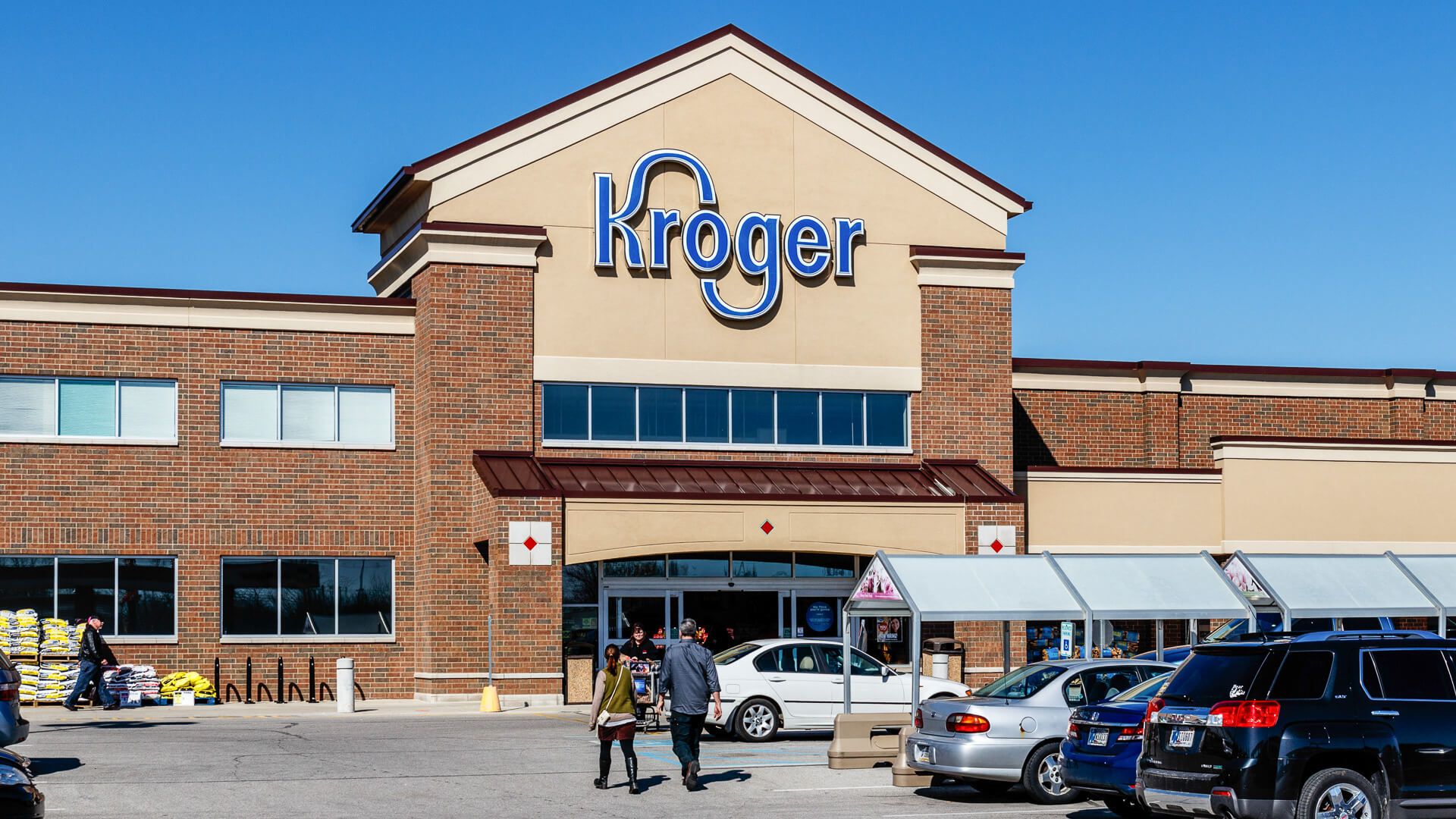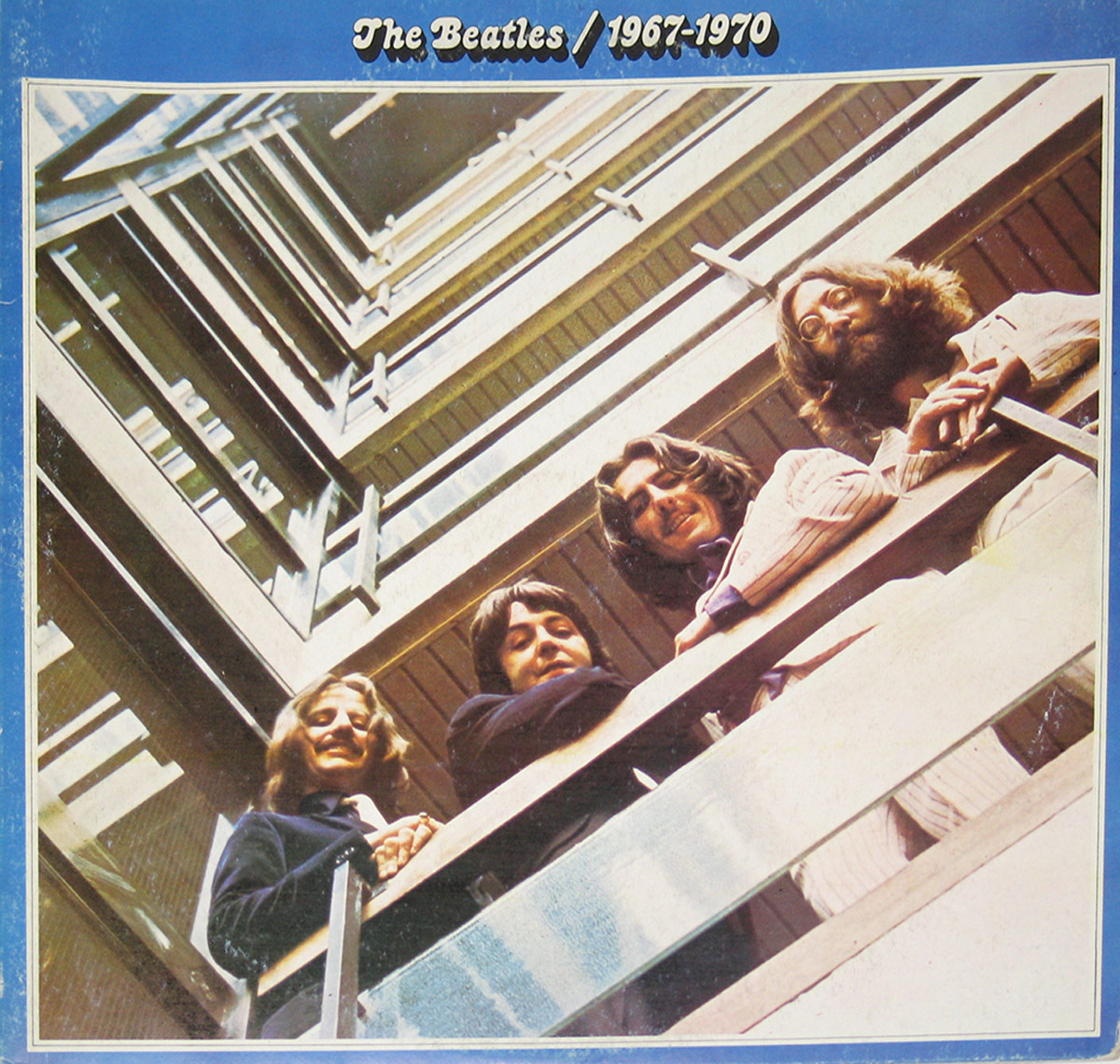
The post-Beatles landscape of the early 1970s was a fascinating, often fractious, but undeniably fertile ground for individual artistic expression. The music world watched with bated breath as the titans who once comprised the world’s most famous band each embarked on their separate, highly scrutinized journeys. John Lennon, ever the iconoclast, plunged into raw, intensely personal and politically charged rock, confronting his past and present with unflinching honesty. Paul McCartney, the melodic genius, embraced a more domestic and pastoral pop craftsmanship, occasionally dipping into experimental realms with his new band Wings. George Harrison, having found his voice as a prolific songwriter in the Beatles’ latter years, soared to spiritual heights with expansive, deeply introspective soundscapes that resonated with a newfound global consciousness. Amidst these towering and often dramatic artistic reassertions, it was Ringo Starr, the affable, rhythmically indispensable, and often underestimated drummer, who quietly began to carve out a solo career that would achieve a truly unique and, as it turned out, unprecedented distinction among his former bandmates, a narrative arc both familiar and delightfully surprising.
By 1974, a mere handful of years removed from the earth-shattering, official dissolution of the Beatles, Ringo Starr had compiled a solo chart record that none of his illustrious peers could match, then or now. He had accomplished an extraordinary feat: an astonishing run of seven consecutive Top Ten singles on the fiercely competitive US Hot 100 chart. This wasn’t merely a stroke of luck or a fleeting wave of lingering Beatlemania, though his past certainly opened doors; it was a profound testament to his inherent musicality, his uncanny ability to attract and inspire world-class collaborators, and an inimitable, everyman charm that deeply resonated with a diverse, global audience seeking authentic connections in a rapidly changing world. His journey from the rhythmic engine room of the greatest band in history to a consistent, undeniable solo hitmaker was a narrative woven with both reassuring familiarity and delightful, often unexpected, triumphs.
This remarkable, unprecedented streak of chart success wasn’t forged on the back of a single, colossal blockbuster album or a mere adherence to a fleeting musical trend. Instead, it was meticulously built, piece by piece, through a series of carefully chosen and executed releases, each contributing significantly to a burgeoning and distinct solo identity. Ringo’s early 1970s output showcased a delightful versatility that many might have overlooked or underestimated during his time as part of the Fab Four, moving effortlessly from anthemic rock declarations to heartfelt, country-tinged laments and pure, unadulterated pop confections. We are about to embark on an in-depth exploration of the initial chapters of this extraordinary narrative, focusing on the first three singles that laid the crucial foundation for his historic run, forever etching his name into the annals of popular music as a legitimate, enduring, and highly successful solo force.
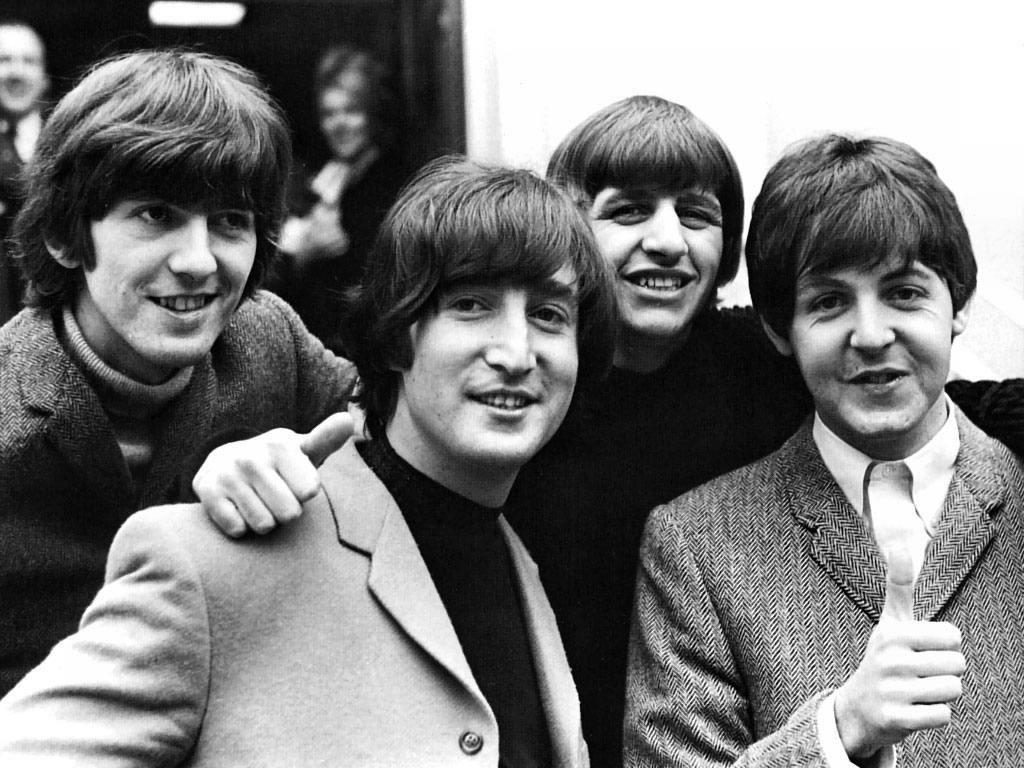
1. **”It Don’t Come Easy” – The Definitive Solo Statement and a Resounding Arrival (1971)**When “It Don’t Come Easy” burst onto the airwaves in 1971, it arrived not just as another single, but as Ringo Starr’s definitive declaration of artistic independence and a resounding statement in the tumultuous post-Beatles musical landscape. Co-written and expertly produced by the ever-supportive George Harrison, a partnership that would prove incredibly fruitful for Ringo, the single immediately captivated listeners worldwide. It quickly rocketed to an impressive number four position in both the hotly contested US Hot 100 and the UK charts, signifying its broad appeal and instant impact. While the track bore the unmistakable sonic hallmarks of Harrison’s influence—particularly in its spiritual undertones, the distinctive slide guitar flourishes, and the overall production sheen—the raw, heartfelt, and utterly earnest vocal delivery was unequivocally Ringo’s. It was imbued with a newfound gravitas and vulnerability that had often been overshadowed within the Beatles’ collective, kaleidoscopic brilliance, now taking center stage with compelling authority.
The lyrical tapestry of “It Don’t Come Easy” wove a poignant and deeply relatable narrative of life’s inherent struggles and the unwavering perseverance required to navigate them successfully. Lines like “You’ve got to pay your dues if you wanna sing the blues” felt profoundly autobiographical, resonating powerfully with Ringo’s own personal journey through the dizzying heights of Beatlemania’s aftermath and the immense, often suffocating, expectations that inevitably followed. This wasn’t merely a catchy tune; it transcended that to become a universal anthem of resilience and self-belief, offering solace and motivation to anyone confronting their own personal battles. It gained further traction by tapping into a collective yearning for authenticity and grounding in a world undergoing rapid cultural and societal shifts, making it incredibly relatable beyond the superficial allure of a former Beatle. Its enduring message cemented its place as more than just a pop song.
George Harrison’s collaborative role on “It Don’t Come Easy” was absolutely pivotal, extending far beyond a simple songwriting credit to encompass a crucial partnership in its entire sonic architecture. He provided not only a robust melodic and instrumental framework but also fostered an intimate, creatively stimulating environment where Ringo could fully express his artistic vision without constraint. The single also benefited immensely from the contributions of a stellar lineup of session musicians, a common and effective thread in Ringo’s early solo work. Their collective talents ensured a polished, dynamically rich, and instantly engaging sound that transcended mere novelty, transforming it into a timeless rock classic. This demonstrated Ringo’s astute judgment and discerning taste in assembling top-tier musical talent, a strategic characteristic that would define much of his successful solo career.
The immediate and widespread critical and commercial success of “It Don’t Come Easy” transcended simple nostalgia for the Beatles’ golden era. It was a genuine, bona fide hit that firmly established Ringo Starr as a credible and compelling solo artist in his own right, not merely trading on past glories. This powerful single served as an unequivocal mission statement, proving conclusively that Ringo possessed the intrinsic artistic merit and widespread popular appeal to succeed independently on the global stage. It set a formidable and inspiring benchmark for his future releases and unequivocally announced his arrival as a potent solo force, laying the first crucial stone in what would become an unparalleled and historic run on the Hot 100 chart. Its sustained popularity decades later, regularly appearing on classic rock playlists, only further solidifies its historical and cultural significance.
More than just a remarkable chart success, “It Don’t Come Easy” provided a significant emotional and creative anchor for Ringo himself, offering a vital outlet after years of playing a more supportive, albeit central, rhythmic role within the Beatles. It brilliantly showcased his distinctive vocal charm, a quality that had always been present in iconic Beatles tracks like “Yellow Submarine” and “With a Little Help from My Friends,” but now took center stage, front and center. The song’s undeniable ability to command airwaves and capture the hearts of millions proved beyond doubt that Ringo Starr was not merely a drummer who could sing, but a true personality capable of leading a compelling musical narrative with warmth, honesty, and genuine rock-and-roll spirit. It established the collaborative template and the heartwarming sincerity that would become hallmarks of his most successful and beloved solo endeavors.
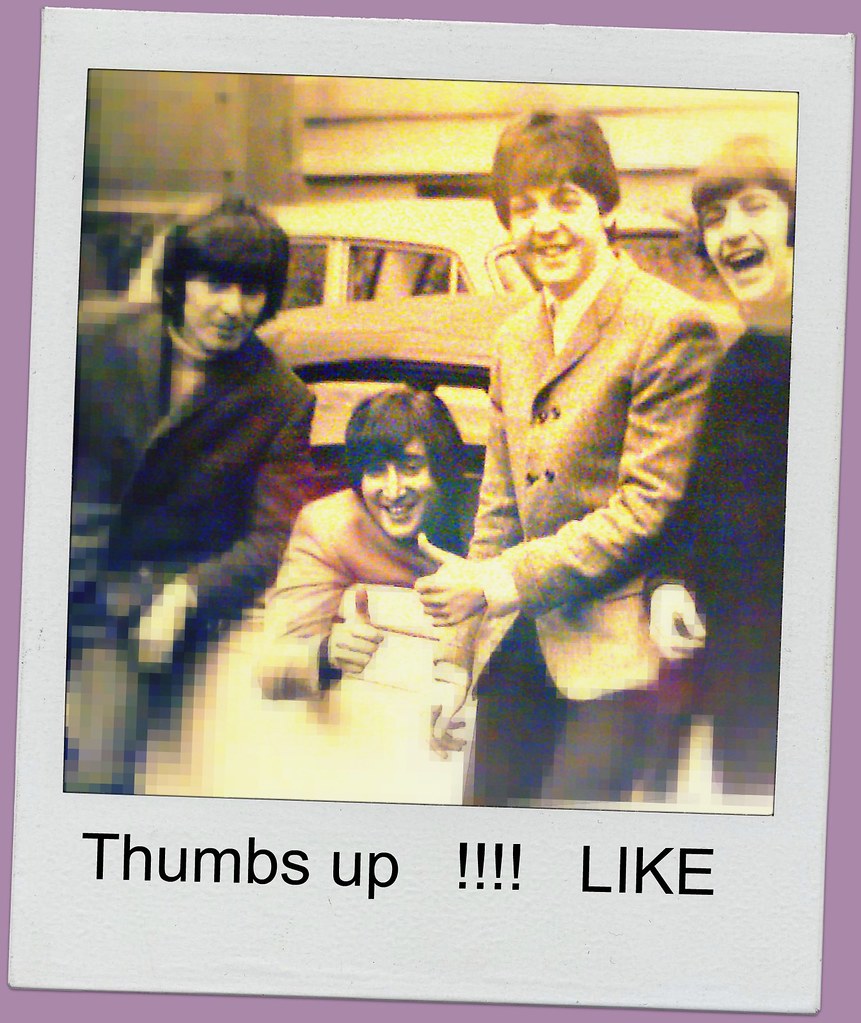
2. **”Back Off Boogaloo” – The Playful Progression and Second Triumph (1972)**Building confidently on the formidable momentum generated by his breakthrough hit, “It Don’t Come Easy,” Ringo Starr unleashed “Back Off Boogaloo” in 1972, a track that offered a distinctively fresh, more rambunctious, and playfully energetic dimension to his rapidly evolving solo persona. This highly anticipated follow-up single exuded a vibrant, almost mischievous rock ‘n’ roll energy, distinguishing it from its more earnest and introspective predecessor. Once again, the magical and indispensable touch of George Harrison as co-writer and producer proved invaluable, his creative synergy with Ringo helping to propel the song swiftly up the international charts. It peaked impressively at number two in the highly competitive UK singles chart and secured a solid number nine position on the US Hot 100, marking Ringo’s second consecutive top-ten hit across the Atlantic and firmly signaling a consistent pattern of sustained commercial success.
“Back Off Boogaloo” was an instant classic, immediately recognizable for its undeniably catchy, almost whimsical chorus and a relentless, driving rhythm that unmistakably highlighted Ringo’s signature, unfussy yet powerful drumming style, even as he confidently handled the lead vocals. The lyrics, while perhaps not carrying the same overt philosophical profundity as “It Don’t Come Easy,” possessed an intriguing, enigmatic quality that fueled much spirited fan and critical speculation. Its evocative title phrase, “Back Off Boogaloo,” became a memorable pop culture shorthand, sparking playful debates about its intended meaning—with many interpreting it as a veiled, lighthearted message to former bandmate Paul McCartney amidst the ongoing post-Beatles tensions. Regardless of interpretation, its pervasive presence on the airwaves and in the popular imagination was undeniable.
The continued, potent collaboration with George Harrison was clearly a winning formula, showcasing a deep musical understanding and friendship. Harrison’s distinctive slide guitar once again wove its way through the track, lending it an unmistakable and rich sonic texture that enhanced its rock-and-roll swagger. This enduring partnership exemplified the deep camaraderie that, despite public narratives of discord, persisted between some of the former Beatles, demonstrating how their individual strengths could still coalesce to create compelling and commercially successful music. “Back Off Boogaloo” wasn’t merely a continuation of his previous success; it was an evolution, proving that Ringo’s initial triumph was no fleeting anomaly, but rather the robust genesis of a sustained output of high-quality, commercially astute material that resonated broadly.
This second major hit critically reinforced Ringo’s burgeoning stature as a credible and fully independent solo artist. It firmly dispelled any lingering doubts that his success was solely due to nostalgic appeal or residual Beatlemania, instead establishing him as an artist capable of genuinely connecting with diverse audiences on his own terms. Through his unique blend of amiable charisma, straightforward musicality, and infectious rock and roll spirit, Ringo was undeniably carving out a distinct and beloved niche in the crowded musical landscape of the 1970s. “Back Off Boogaloo” unequivocally underscored his artistic versatility and his inherent ability to deliver engaging, feel-good music that could thrive entirely on its own merits, laying crucial and robust groundwork for the even more monumental chart successes that were still eagerly anticipated on the horizon.
The song’s infectious energy and straightforward, unpretentious appeal proved to be a refreshing antidote in a musical landscape that was, at times, becoming increasingly complex and experimental. Ringo’s accessible approach to rock and roll felt refreshingly authentic and universally approachable, a quality that further endeared him to the listening public. It was a joyful noise, an unadulterated celebration of pure, unadorned rock, delivered with the unmistakable warmth and sincere geniality that only Ringo Starr could truly provide. This track solidified his role not just as a prodigious drummer or a charming singer, but as a consistent provider of uplifting, anthemic tunes, further cementing his place in the upper echelons of the international singles charts. It demonstrated that his unique blend of charm and musical talent was a potent formula for success.
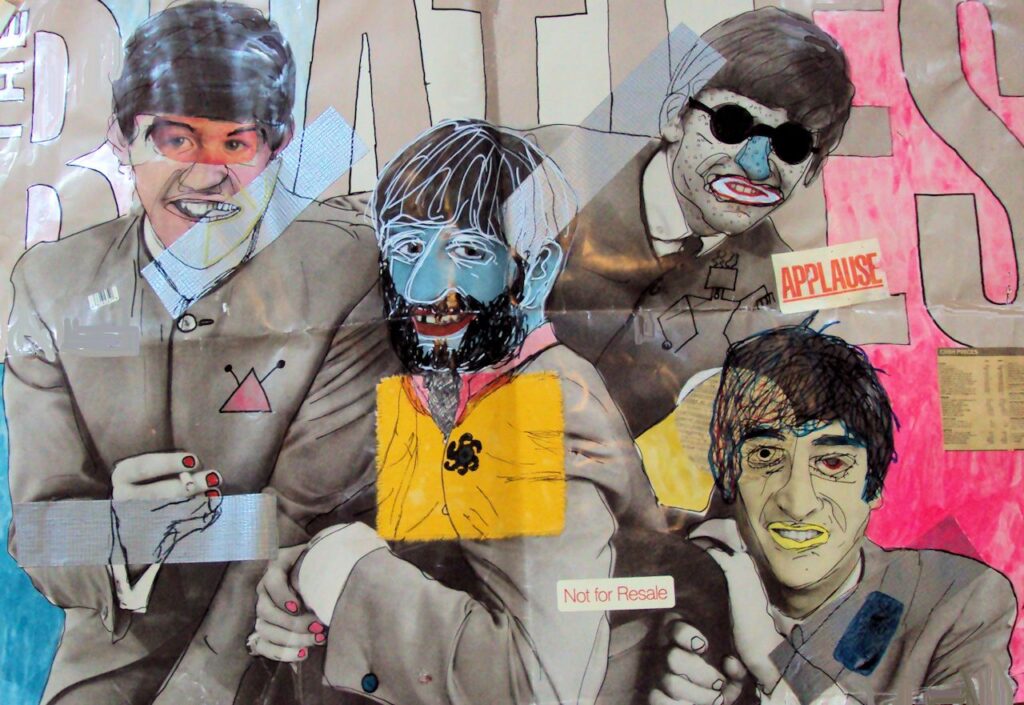
3. **”Photograph” – The Chart-Topping Zenith and Unforgettable Emotion (1973)**By 1973, Ringo Starr was undeniably poised for a truly monumental moment in his solo trajectory with the impending release of his eponymous third studio album, *Ringo*. This project was destined to be a watershed, defining the very essence of his post-Beatles career and showcasing his full potential. The album’s lead single, the exquisitely poignant ballad “Photograph,” co-written once more with his steadfast and creatively aligned collaborator George Harrison, proved to be an instant, colossal smash, captivating millions. It soared triumphantly to the coveted number one position on the US Hot 100, marking Ringo’s inaugural chart-topping single in America and definitively cementing his status as a legitimate, undisputed solo superstar. Across the Atlantic, it also achieved a formidable showing, peaking at number eight in the UK, showcasing its broad and undeniable international appeal and solidifying its place as a global hit.
“Photograph” masterfully captured a profound sense of bittersweet nostalgia and a deep, yearning reflection on cherished memories of lost love. Its exquisitely crafted lyrics, woven with an almost cinematic tenderness and lyrical imagery, combined with a sweeping, instantly memorable melody and Ringo’s utterly heartfelt, emotionally resonant vocal delivery, created an irresistible and deeply personal emotional connection with listeners. The song showcased a more introspective, vulnerable, and mature side of Ringo, demonstrating his remarkable ability to convey complex, universal human emotions—such as longing, reflection, and acceptance—with a directness and sincerity that struck a powerful chord with listeners across generations. It was a rare and beautiful blend of wistfulness and enduring, hopeful remembrance, proving his depth as a performing artist.
The single’s immense success was undoubtedly amplified by the fervent anticipation surrounding the *Ringo* album itself, a project that garnered widespread global excitement for a very particular reason: it famously featured contributions from all three of his former Beatles bandmates – John Lennon, Paul McCartney, and George Harrison. This unprecedented “reunion” of sorts, however fragmented, in a highly publicized post-breakup era, was an event of staggering cultural significance and immense media interest. Yet, amidst these star-studded contributions and the accompanying fanfare, “Photograph” emerged as the undeniable emotional and commercial cornerstone of the entire album, a powerful testament to the potent, symbiotic songwriting prowess of Ringo and Harrison, showcasing their undeniable chemistry. It wasn’t just another album track; it was the album’s beating, yearning heart.
Achieving a number one hit on the competitive US charts was, by any measure, a monumental accomplishment for any artist in the dynamic and rapidly evolving musical landscape of the early 1970s, a decade overflowing with musical innovation and new superstars emerging constantly. For Ringo, “Photograph” not only added a third consecutive top-ten entry to his already impressive and growing streak, but it also propelled him into the exclusive pantheon of artists who could consistently deliver genuine, legitimate chart-topping solo successes. It decisively proved that Ringo Starr was far more than just a beloved personality or a former Beatle leveraging past fame; he was a legitimate, bona fide hitmaker, capable of crafting timeless, evocative songs that resonated deeply with the emotional spirit of the era.
This singular hit was a critical, transformative step in the unfolding narrative of Ringo’s unique Hot 100 record, a record that would ultimately, by 1974, make him stand alone among his legendary former bandmates in a truly historic way. The evocative storytelling embedded within “Photograph” and its immediate, widespread impact demonstrated a remarkable growth in his artistic confidence and emotional range. It was a song that both honored the past with its nostalgic theme and brilliantly charted a clear, successful course for his future, solidifying his unique voice and amiable appeal in the broader pop landscape. The profound connection listeners felt with its honest, universally understood emotion cemented his place as a truly independent and compelling musical force for years to come.
With the monumental success of “Photograph,” Ringo Starr had not only proved his mettle as a solo artist but had also secured his first number one hit in the intensely competitive American market. This chart-topping triumph, coming hot on the heels of two other top-ten singles, was far from the conclusion of his extraordinary run; rather, it was the powerful catalyst for a sustained period of unprecedented chart dominance. The year 1974 would become a watershed, solidifying his unique position as the only former Beatle to achieve such a remarkable string of consecutive top-ten hits on the US Hot 100. We now delve into the remaining four singles that cemented this historic achievement, showcasing Ringo’s continued versatility, collaborative spirit, and undeniable appeal that resonated so profoundly with the global audience.
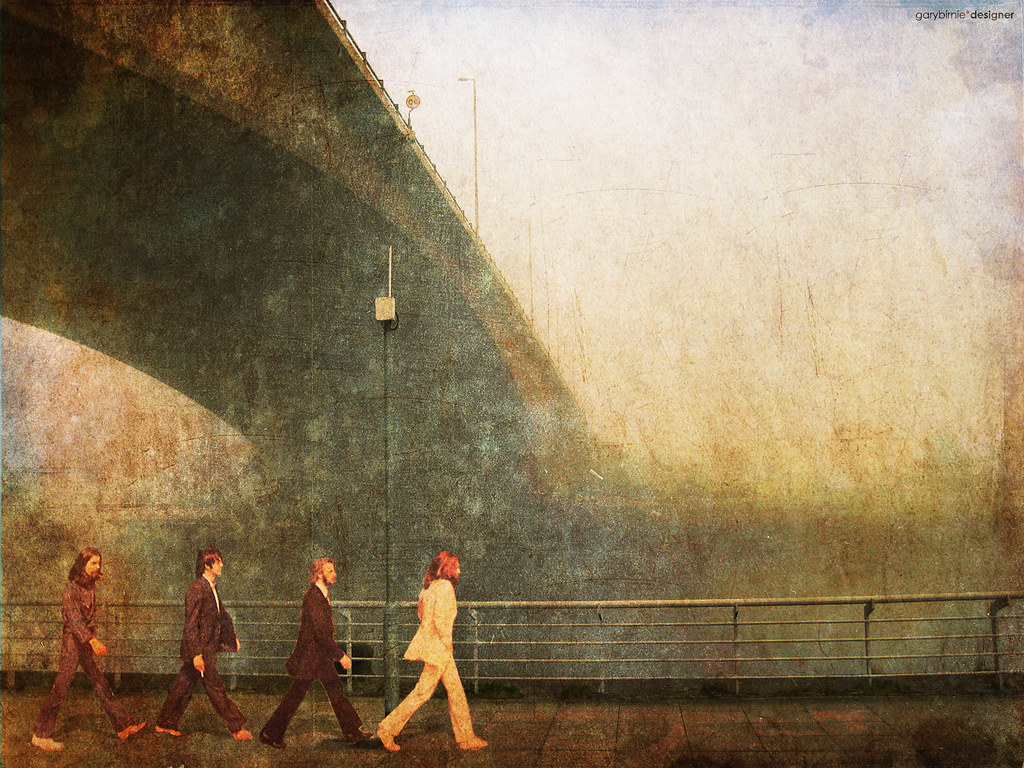
4. **”You’re Sixteen” – From Album Gem to Chart-Topping Delight (1974)**Fresh off the emotional resonance of “Photograph,” Ringo Starr surprised and delighted audiences once more with his next major single, “You’re Sixteen.” This vibrant, infectious track, penned by the legendary Sherman Brothers, arrived in early 1974 and swiftly climbed the charts, mirroring the success of its predecessor. It wasn’t just a hit; it became Ringo’s second consecutive number one single on the coveted US Hot 100, an astonishing feat that further cemented his place as a legitimate pop powerhouse. The song also performed admirably across the Atlantic, reaching a respectable number four position in the UK, underscoring its widespread, international appeal and Ringo’s burgeoning global star power.
What made “You’re Sixteen” particularly charming was its nostalgic, feel-good vibe, a perfect complement to Ringo’s inherently warm and approachable vocal style. The track captured a youthful innocence and a whimsical sense of infatuation, delivered with an irresistible bounce that was both timeless and perfectly suited to the early 70s pop landscape. Unlike the introspective depth of “Photograph,” this was pure, unadulterated pop confection, showcasing Ringo’s ability to effortlessly traverse different musical genres and moods while always maintaining his distinctive artistic identity. It was a testament to his innate ability to pick songs that perfectly suited his persona.
Just like “Photograph,” “You’re Sixteen” was prominently featured on Ringo’s critically acclaimed 1973 album, *Ringo*. This album, a collaborative masterpiece, drew significant attention for its unprecedented inclusion of contributions from all three of his former Beatles bandmates – John Lennon, Paul McCartney, and George Harrison. While the star power of his peers certainly contributed to the album’s buzz, “You’re Sixteen” stood firmly on its own merits, proving that Ringo could deliver standalone hits that captivated the public imagination, even amidst such illustrious company. Its success highlighted the album’s broad appeal and its deep connection with a generation eager for authentic, joyful music.
The triumph of “You’re Sixteen” wasn’t merely another notch on Ringo’s belt; it was a crucial step in distinguishing his solo career from those of his former bandmates. While Lennon, McCartney, and Harrison each found significant individual success, Ringo’s unique approach—combining his lovable persona with carefully selected, well-crafted songs and an unparalleled knack for collaboration—was consistently yielding tangible, measurable chart results. This track solidified his reputation as a master of pop singles, demonstrating an intuitive understanding of what made a song resonate with the masses and securing his place in pop history as a unique and enduring solo phenomenon.

5. **”Oh My My” – Deepening the Album’s Impact and Chart Trajectory (1974)**As the *Ringo* album continued its ascent, firmly establishing itself as a commercial and critical triumph, another single emerged to further underscore its widespread appeal and Ringo Starr’s growing dominance on the airwaves: “Oh My My.” Released in 1974, this track, while not reaching the pinnacle of a number one spot, still made a significant impact, soaring to an impressive number five on the US Hot 100. Its success ensured that the *Ringo* album continued to generate substantial interest, propelling the LP itself to a peak position of number two in the US and number seven in the UK, proving its considerable staying power beyond the initial single releases.
“Oh My My” presented a slightly different sonic flavor, leaning into a soulful, almost gospel-tinged rock sound that further showcased Ringo’s vocal versatility. It was a testament to the diverse musical palette curated on the *Ringo* album, where each track, while distinct, contributed to a cohesive and immensely enjoyable listening experience. The song’s robust arrangement and Ringo’s earnest delivery made it another memorable entry in his growing catalog of hits, demonstrating that his appeal wasn’t limited to one particular style or emotion, but rather embraced a broader spectrum of popular music. It was proof that the album was a wellspring of compelling material.
The enduring appeal of the *Ringo* album, and singles like “Oh My My,” was inextricably linked to the potent synergy between Ringo and his collaborators, a quality that writer Peter Doggett astutely observed. Doggett described *Ringo* as a template for Starr’s solo career, noting that, as a musician first rather than a songwriter, “he would rely on his friends and his charm, and if both were on tap, then the results were usually appealing.” This insight perfectly encapsulates the magic behind “Oh My My” and indeed much of Ringo’s early solo success; his genuine warmth and ability to bring together extraordinary talent consistently yielded music that was both expertly crafted and deeply appealing.
The critical and commercial embrace of “Oh My My” underscored the sophisticated strategy behind Ringo’s solo endeavors. It wasn’t about reinventing the wheel with avant-garde compositions, but rather about leveraging his unique persona and surrounding himself with the very best musical minds to create accessible, high-quality pop and rock that resonated deeply with the mainstream. This track, as the fifth consecutive top-ten hit, firmly established the sustained nature of Ringo’s remarkable run, proving that his presence on the charts was not a fluke but a consistent, deliberate, and brilliantly executed artistic trajectory.
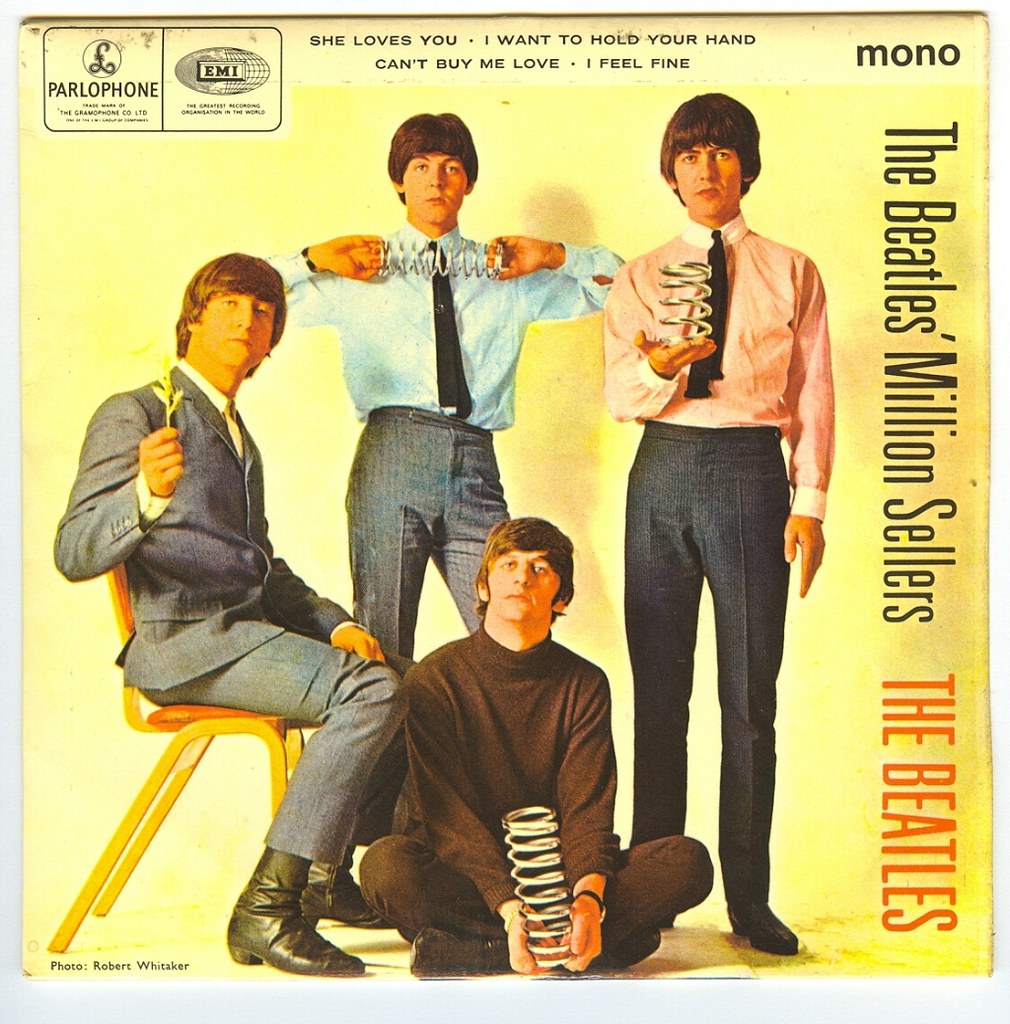
6. **”Only You (And You Alone)” – A Classic Reimagined and Continuing the Streak (1974)**As 1974 progressed, Ringo Starr was already moving beyond the triumphant *Ringo* album, embarking on his next solo venture, *Goodnight Vienna*. This follow-up album continued his trend of assembling a star-studded cast of collaborators, including further contributions from John Lennon, Elton John, and Harry Nilsson. The lead single from this highly anticipated project was a masterful cover of the Platters’ 1954 classic, “Only You (And You Alone),” a song notably suggested to Ringo by none other than John Lennon himself. Released in late 1974, this heartfelt rendition quickly became Ringo’s sixth consecutive top-ten hit on the US Hot 100, peaking at a respectable number six, while also charting in the UK at number 28.
Ringo’s interpretation of “Only You (And You Alone)” was a testament to his ability to breathe new life into beloved standards, infusing the timeless melody with his characteristic sincerity and a touch of melancholy. While the Platters’ original was a doo-wop cornerstone, Ringo’s version offered a contemporary, yet respectful, take, allowing his distinctive vocal timbre to shine. The song, with its universal themes of unwavering devotion and emotional solitude, resonated powerfully with an audience that appreciated both nostalgia and fresh musicality. It showcased his discerning ear for material that allowed his unique vocal character to truly connect.
The *Goodnight Vienna* album itself was another solid success, reaching number eight in the US and number 30 in the UK. The album’s release was accompanied by a memorable promotional effort, including a music video filmed on the rooftop of the iconic Capitol Records Building in Los Angeles. This visually striking short film, designed to resemble a stack of discs, featured Lennon providing a voiceover as Ringo’s spacecraft landed on the building, with Starr then boarding it before taking off over the city. This theatrical promotion, featuring Starr, Nilsson, and even a forty-foot robot named ‘Gort,’ undoubtedly heightened anticipation for the album and its singles.
“Only You (And You Alone)” was more than just a successful cover; it was a strategic choice that further broadened Ringo’s appeal and demonstrated his cleverness in navigating the diverse landscape of popular music. By reinterpreting a classic, he tapped into a cross-generational audience, pleasing both those who remembered the original and new listeners appreciating his distinctive version. Its robust chart performance as his sixth consecutive top-ten hit solidified the depth and consistency of his unique achievement, proving that Ringo’s solo career was built on a foundation of genuine musical merit and an astute understanding of what the public desired.
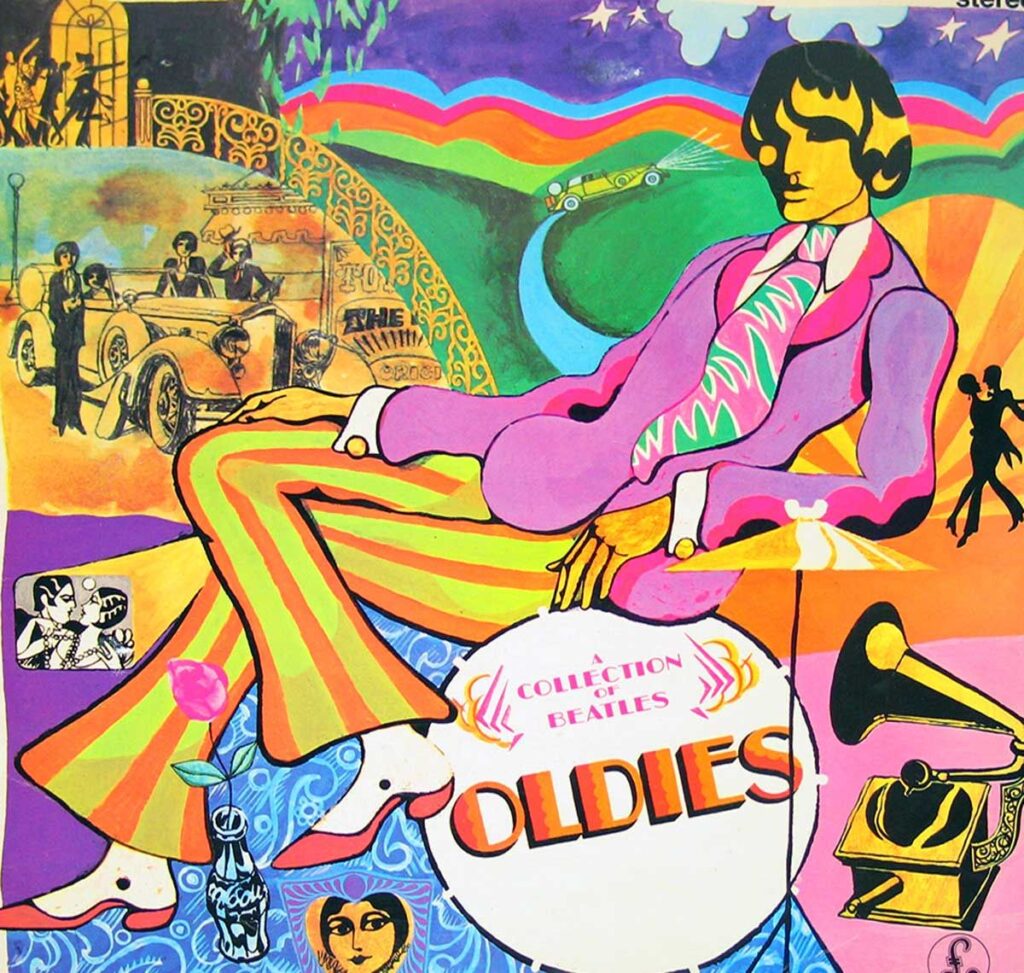
7. **”No No Song” – A Humorous Twist and the Historic Seventh Hit (1974)**Concluding his incredible, unprecedented run of consecutive Hot 100 top-ten hits, Ringo Starr released “No No Song” in late 1974, a track that perfectly encapsulated his playful spirit and astute musical judgment. Penned by the talented Hoyt Axton, this single, also featured on the successful *Goodnight Vienna* album, marked Ringo’s seventh consecutive entry into the US top ten, peaking impressively at number three. This was the defining moment, the capstone on an achievement that set him apart from every other former Beatle, a truly historic and singular distinction in the annals of rock and pop music.
“No No Song” offered a refreshing dose of humor and wit, contrasting with the sentimental balladry of “Photograph” and “Only You.” Its lyrics, a series of playful rejections of various temptations—drugs, alcohol, and women—delivered with Ringo’s inimitable charm and a good-natured wink, found a broad and appreciative audience. The track’s country-tinged, laid-back vibe, coupled with its infectious chorus, made it an instant favorite, showcasing Ringo’s ability to imbue even a seemingly simple message with genuine personality and musical warmth. It was a clever and engaging piece of storytelling, perfectly delivered.
The success of “No No Song” further highlighted the collaborative genius that defined Ringo’s most fruitful solo period. The *Goodnight Vienna* album, from which this single sprang, was a veritable who’s who of musical talent, with contributions from not just Lennon, but also Elton John and Harry Nilsson. These high-profile collaborations were not merely decorative; they were integral to the polished, appealing sound that consistently propelled Ringo’s singles into the upper echelons of the charts. His ability to attract and integrate such diverse talents into a cohesive and commercially successful vision was a testament to his undeniable magnetism and respect within the industry.
With “No No Song” reaching number three, Ringo Starr officially achieved a milestone that has remained untouched by any of his former bandmates: seven consecutive top-ten singles on the US Hot 100. This wasn’t just a streak; it was a clear demonstration of his sustained relevance, his consistent ability to produce engaging music, and his distinct voice in the post-Beatles era. It firmly established his individual legacy, moving beyond his iconic role as the Beatles’ drummer to become a revered and celebrated solo artist in his own right, forever etched in music history for this truly unique and extraordinary accomplishment.
Ringo Starr’s journey, from the driving force behind the most iconic band in history to an undisputed solo hitmaker, is a testament to his enduring talent, captivating personality, and a knack for creating universally appealing music. The remarkable run of seven consecutive Hot 100 top-ten singles—a feat unmatched by John, Paul, or George—stands as a powerful declaration of his individual artistic strength. It wasn’t just about the songs; it was about the warmth, the humor, the sincerity, and the sheer joy Ringo brought to every note, cementing his place not merely as a Beatle, but as a singular musical legend whose contributions continue to resonate with generations worldwide. His legacy is one of unwavering rhythm and an undeniable, infectious beat that keeps on giving.

